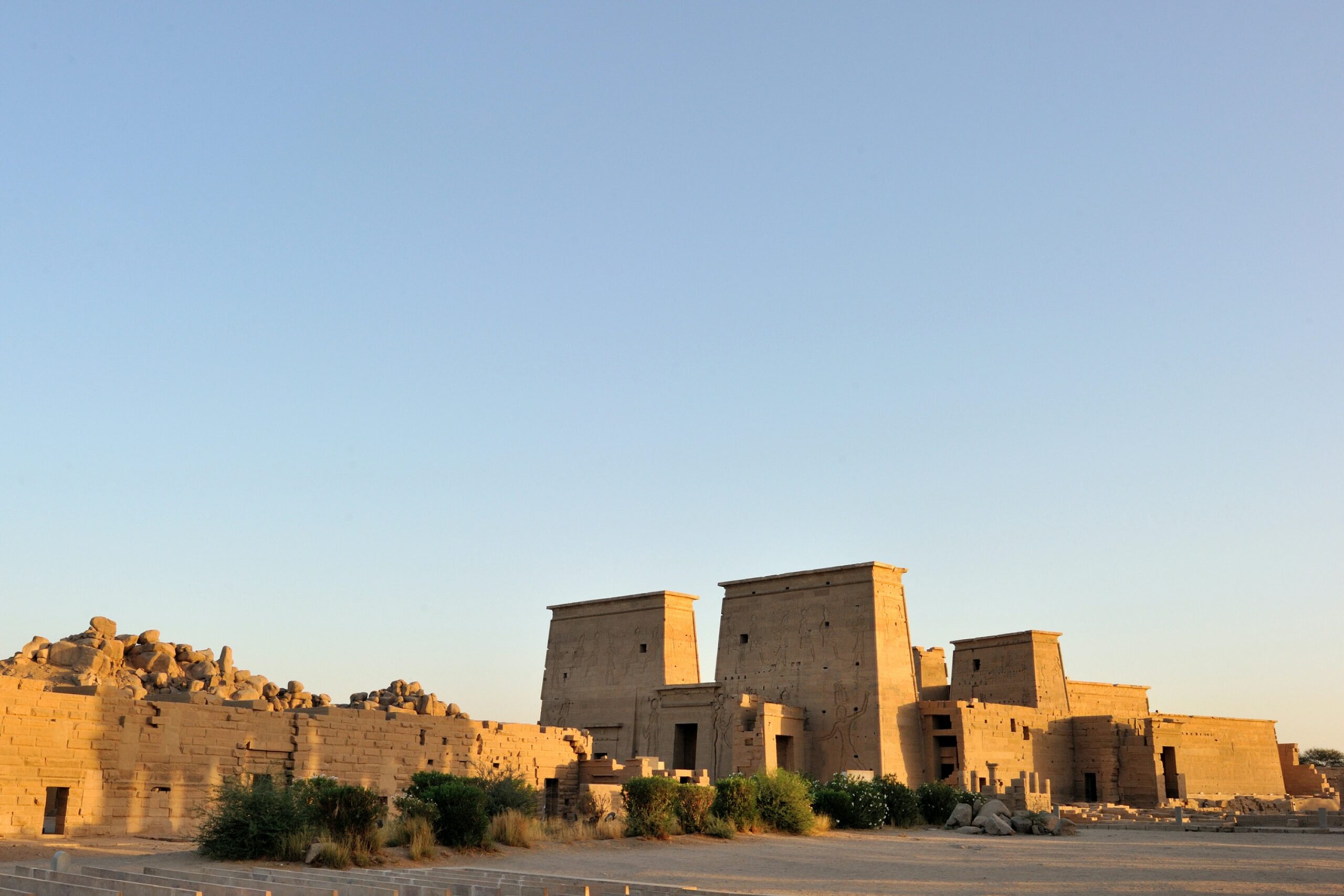
Historic sites are always a fascinating adventure, and seeing structures that have been standing for decades, centuries, or millennia is always intriguing.
What materials were used to construct these older buildings?
- Natural materials: Going back to ancient history, shelters were made of whatever natural material our ancestors could get their hands on: Leaves, animal hides and ribs, bamboo, and more. As the world progressed, many still stuck with natural materials like wood and stone. The ancient Egyptians pioneered many of the building materials we still use today like windows, doors, and ramps.
- Bricks and stone: The need to cobble materials from outdoor surroundings was less common in the Renaissance period, when wood, bricks, and iron became go-to supplies. Many of the structures still standing today, such as sprawling aristocratic castles and estates.
- Steel, concrete, and glass. Throughout the industrial revolution of the late nineteenth century and moving into the twentieth, building became a massive industry, and the common uses of steel, concrete, and glass that we often see today began to be mass produced so that numerous buildings could be constructed. While many homes kept their modest brick and wooden structures, new buildings meant to formally house businesses opted for materials that could be acquired and pieced together quickly. The twentieth century also saw the genesis of tools like drills, cranes, elevators, and computer-enhanced technology to assist construction. When you browse homes in your city’s historic district, depending on age, you are likely to see many structures made during this time period.